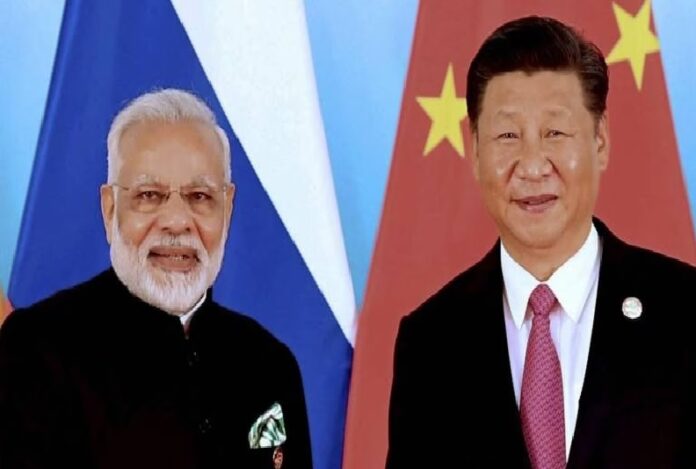A tempest is brewing ahead of India’s hosting of the G20 meeting in New Delhi, as China reveals a controversial map, putting a shadow over President Xi Jinping’s planned visit. Beijing’s “standard map” maintains territorial claims over eastern Ladakh and Arunachal Pradesh, merging them into Chinese territories alongside Taiwan and the South China Sea.
The Modi government has aggressively opposed Beijing’s reckless expansionist move. While China strives to rewrite history, India remains steadfast in preserving its sovereignty. Arunachal Pradesh is a non-negotiable portion of India, and history gives a clear picture of China’s earlier control of parts of Aksai Chin in the 1950s, prior to the historic 1962 conflict.
The timing of the map’s release raises concerns about President Xi’s plans for the G20 summit. Is this a deliberate display of dominance or a clever effort to divert attention? While China claims that the map’s release is a yearly occurrence, India’s strong criticism this time demonstrates its firm stance on territorial integrity.
The wider story unfolds against the backdrop of the recent BRICS conference, where interactions between Prime Minister Narendra Modi and President Xi Jinping hinted at underlying tensions. In this context, China’s motivation for promoting this “standard map” becomes clear. It tries to put pressure on India while avoiding crucial border concerns, particularly in Eastern Ladakh’s Depsang Bulge and Demchok.
The Indian Prime Minister’s forthright answer to President Xi, demanding the departure of PLA forces from occupied Aksai Chin and the restoration of Indian Army patrolling rights, has ruffled Beijing’s feathers. The map’s publishing can be interpreted as a premeditated move to chastise India for its arrogance. However, the Modi government is unfazed, firmly denying China’s territorial claims.
By releasing the map so close to the G20 conference, China sends a clear message: it sees India as a competitor. This strategic ploy seeks to compel India to distance itself from the United States and the Quad Alliance. China’s expanding military presence along the 3488-kilometer Line of Actual Control (LAC) and its support for Pakistan as an ally demonstrate its geopolitical ambitions.
With China’s violations in East Ladakh violating previous peace treaties, India finds itself in a difficult situation. Modi’s administration anticipates India playing a more assertive role on the world stage, and it will not be limited to a secondary role. As China redraws its maps, India prepares to defend its interests and respond appropriately to this cartographic challenge.



